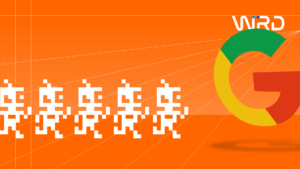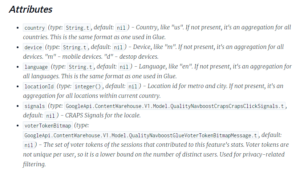In the deep dense marketing jungle of the internet there is little that creates more tension amongst business owners and webmasters alike than the reappearance of Google Panda. It is quite unbelievable that it is now well into its third year and now in its 27th update. Some of the past updates have seemed quite trivial and web site owners have reported little effect on incoming traffic but there have also been severe sweeping updates which have destroyed thriving online businesses overnight. Is this likely to cause a big stir? Where does your website stand with the current changes and what do you need to do to keep it on track?
What is Panda and how is it affecting rankings?
Like all Google’s animal friends such as Penguin, Pigeon and Hummingbird they were all developed to filter out those sites which were popular in SERPS (Search engine results pages) through manipulation from optimisation rather than dynamic and relevant sites that offer visitors substantial information.
Panda was specifically aimed at ensuring sites had strong content and in its first incarnation it hit the huge “content farms” very hard. In the latest update Panda is now able to pick up thin content in websites more easily. Those sites which offer redundant, irrelevant, duplicate or unsubstantial web content are likely to be affected. Google has refined Panda further now so it uses quantitative signals (amount of content) balanced against qualitative signals (how the visitor behaves on the site). Too many bad signals and the site will drop from the rankings.
Good news and bad news
However it’s not all bad news. As the Panda algorithm has developed it consistently hits a smaller number of sites (presumably because sites which are penalised have to get in line or they just disappear altogether). Google has stated that it expects that only 3-5% of search queries will be affected by the new update.
Also you could be in for a really nice surprise. Due to the fact that it will be focussing on quality content it is more likely to prioritise small to medium sized sites (the bigger it gets it is more likely to have redundant pages, duplicate text; thin content). This could be a great boost for the smaller web owner or businessman.
I’ve been hit by Panda!
So what to do if you think you have been hit? In a nutshell Google does not think your content ranks highly enough so the only thing to do is go back, edit and give the text a good old overhaul. Pay attention to:
- Updating information that is no longer accurate
- Removing pages which have become obsolete in your navigational system
- Sieve out filler text. No longer can you fool with minimum length spammy text. It has never been more true that content is king. Content should be substantial, informative and relative to your visitors. Not just long and frequent…
- Consider creating an on-going blog dedicated to your industry. This should be kept current and provide external links as well as internal links. Write for your visitors not for SEO.
- Remove duplicate content
Conclusion
This is definitely a story of winners and losers. Maybe we are seeing a bit of a turning point here in that new updates do not necessarily mean bad news. So long as you keep to the path, the really good sites – optimised to ensure they are the most dynamic for the visitor – are those sites which are eventually floating to the top.



